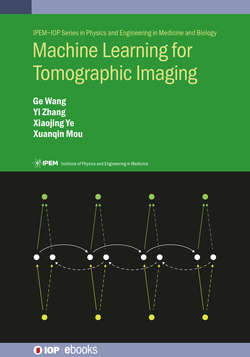Читать книгу Machine Learning for Tomographic Imaging - Professor Ge Wang - Страница 53
На сайте Литреса книга снята с продажи.
Mean absolute error/L1
ОглавлениеThe mean absolute error (MAE) (Chai and Draxler 2014) is computed as
L=1n∑i=1ny(i)−yˆ(i),(3.19)
where ∣·∣ denotes the absolute value. Although both MSE and MAE are used in predictive modeling, there are several differences between them. First, MAE is more complicated for computing the gradient than MSE. Also, MSE focuses more on large errors whose consequences are much larger than smaller ones, due to the squaring operation. In practice, some larger errors could be outliers that should be ignored. Instead, MAE treats all errors linearly so that it is more robust to outliers.
Similar to MAE, the L1 loss function is the sum of absolute differences between actual and predicted values. L1 does not have the normalizing factor n (or n – 1). That is, the L1 loss is defined as
L=∑i=1ny(i)−yˆ(i).(3.20)
It is underlined that the L1 loss is extremely important in the field of compressed sensing. The minimization of the L1 loss leads to a sparse solution, which is considered a major breakthrough in the signal processing field.
